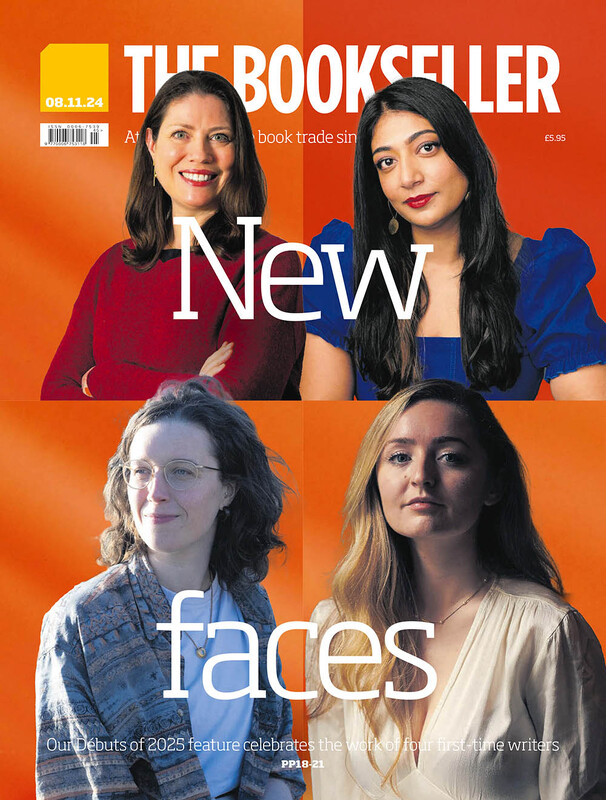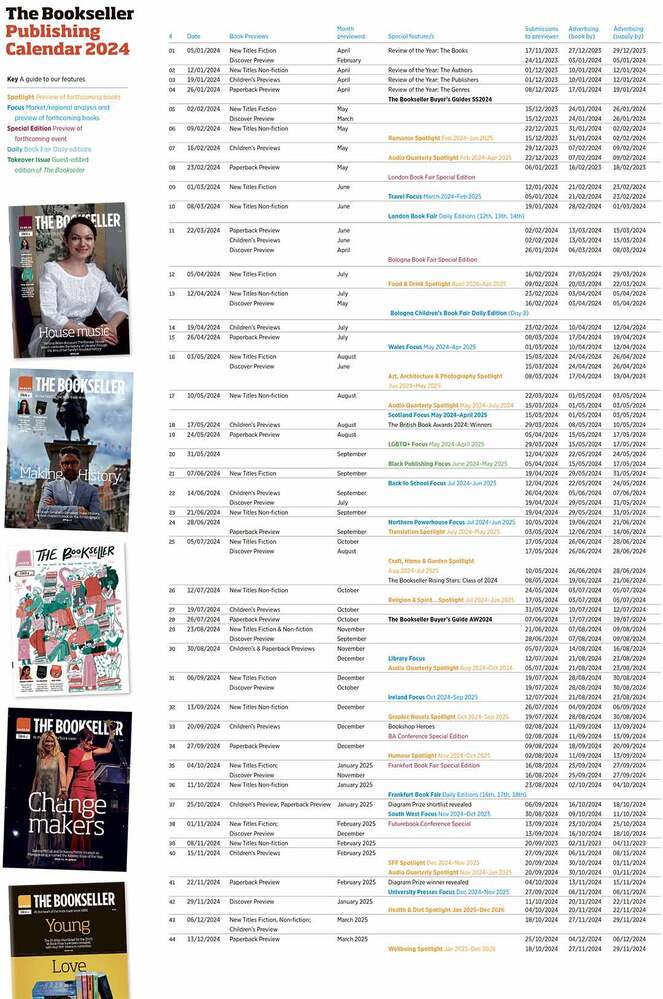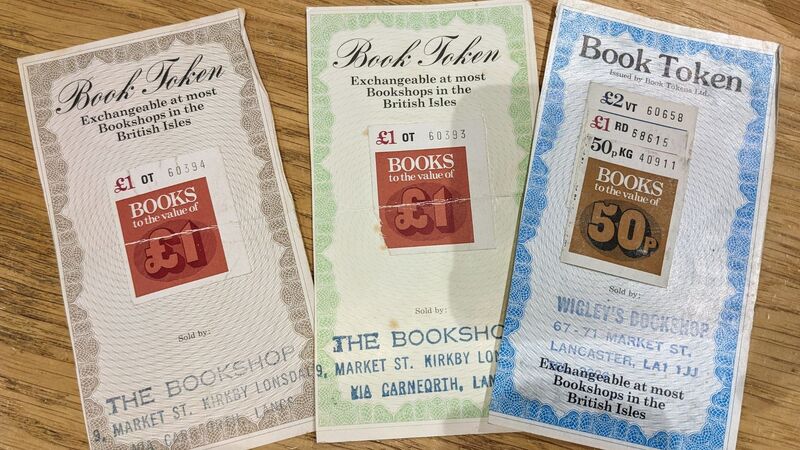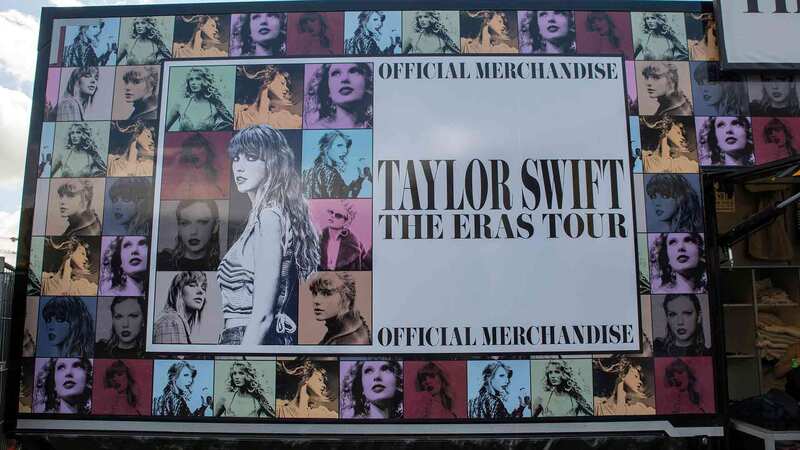We must be open about AI innovation
The publishing industry needs to campaign for AI regulation while simultaneously harnessing its possibilities.
Artificial Intelligence (AI) is probably the most talked about topic in publishing right now. At the same time it is the subject of such intense scrutiny that it feels like AI innovation can only be pursued very quietly.
The advent of AI in publishing isn’t merely about the automation of tasks or data analytics. It’s an existential question about the future of writing and creativity, the publishing industry itself and the nature of truth, fairness, authenticity and authority. Fundamentally, it produces a challenging cognitive dissonance for all of us involved in this industry of which we are so proud to be a part.
As AI technologies grow more sophisticated, they could clearly be a game changer for the way we can market and sell books. Machine learning and automation, now combined with the power of natural language processing, open up a world of possibilities which will enable the relatively smaller resources of most publishers to punch way above their weight.
But the same technology poses a significant threat, potentially flooding the market with AI-generated content, threatening author and illustrator livelihoods and the nature of our creative industries. Not only that: by using copyrighted works in the training of their models, AI companies have turned Artificial Intelligence into dirty words in creative and publishing circles.
AI’s role in publishing is contentious because it forces a re-evaluation of traditional publishing norms and the economic model of producing and distributing content. As authors, publishers and readers we are grappling with questions of copyright, creative integrity, and the value of human authorship. Furthermore, the rapid evolution of AI technologies outpaces regulatory frameworks, leaving ethical and legal questions simmering. This uncertainty contributes to and exacerbates the intense sensitivity surrounding AI.
In the context of the sometimes contentious discourse that AI engenders, is it possible for publishers to feel confident to publicly innovate and leverage the benefits of AI to make us more effective in selling our authors’ works, while on the other hand, lobbying and pushing hard for the use of their copyrighted material to be respected, recognised and compensated?
As we navigate this complex landscape, the balance between protection and innovation becomes a critical strategy
I believe it is imperative that we do both, and that we talk about both. If we don’t champion and make visible the best human-created books, they risk being buried beneath an avalanche of algorithmically generated works. If we play our cards right, books will continue to be a respite from all the deafening white noise generated by AI – just as books have remained in relatively robust health since their doom was foretold at the advent of the internet and social media – but our marketing efforts will have to be highly sharpened and focused to ensure people choose our products above the rest.
And to stay competitive, to stay ahead and to do the best by our authors and illustrators now includes – alongside everything else that we do in the service of bringing books to the widest possible audience – making the best use of the startling and ever-growing range of technologies known as AI.
To argue against innovation in the face of AI’s advance seems to me to be a losing battle. Every technological era — the industrial revolution, the internet age, and now the AI era – has required industries to adapt or risk obsolescence. For the publishing industry, the imperative to innovate is two-fold. Firstly, leveraging AI can improve the efficiency of the publishing process, from more accurate print and stock decisions to enhancing the visibility of our rich backlists and delivering much more highly targeted marketing, enhancing the way books are produced, promoted and consumed. Secondly, and perhaps more importantly, innovation is the only way to ensure that expertly curated, authenticated and varied global voices and stories, representing the best in human creativity and intelligence, are not drowned out.
We need to embrace the opportunities of AI not just as a tool for operational efficiency but as a bulwark against the homogenisation of "infinite content". The strategic use of AI, with its data analysis and targeting capabilities, can help us identify and promote underrepresented voices and stories, ensuring that they reach a broader audience and guarding against the built-in bias inherent in much AI-generated content. We have to be capable as an industry of achieving a balanced understanding of technology’s potential to both disrupt and enhance – and to navigate this line with expertise, understanding and sophistication. It’s a tall order, but one we must tackle.
As we navigate this complex landscape, the balance between protection and innovation becomes a critical strategy. We must advocate for fair regulations that protect author and illustrator rights while embracing the technological advancements that AI offers. It’s a delicate dance of ensuring that the publishing industry remains a vibrant, diverse ecosystem where the best books—those that inspire, educate, and entertain—can thrive.


















